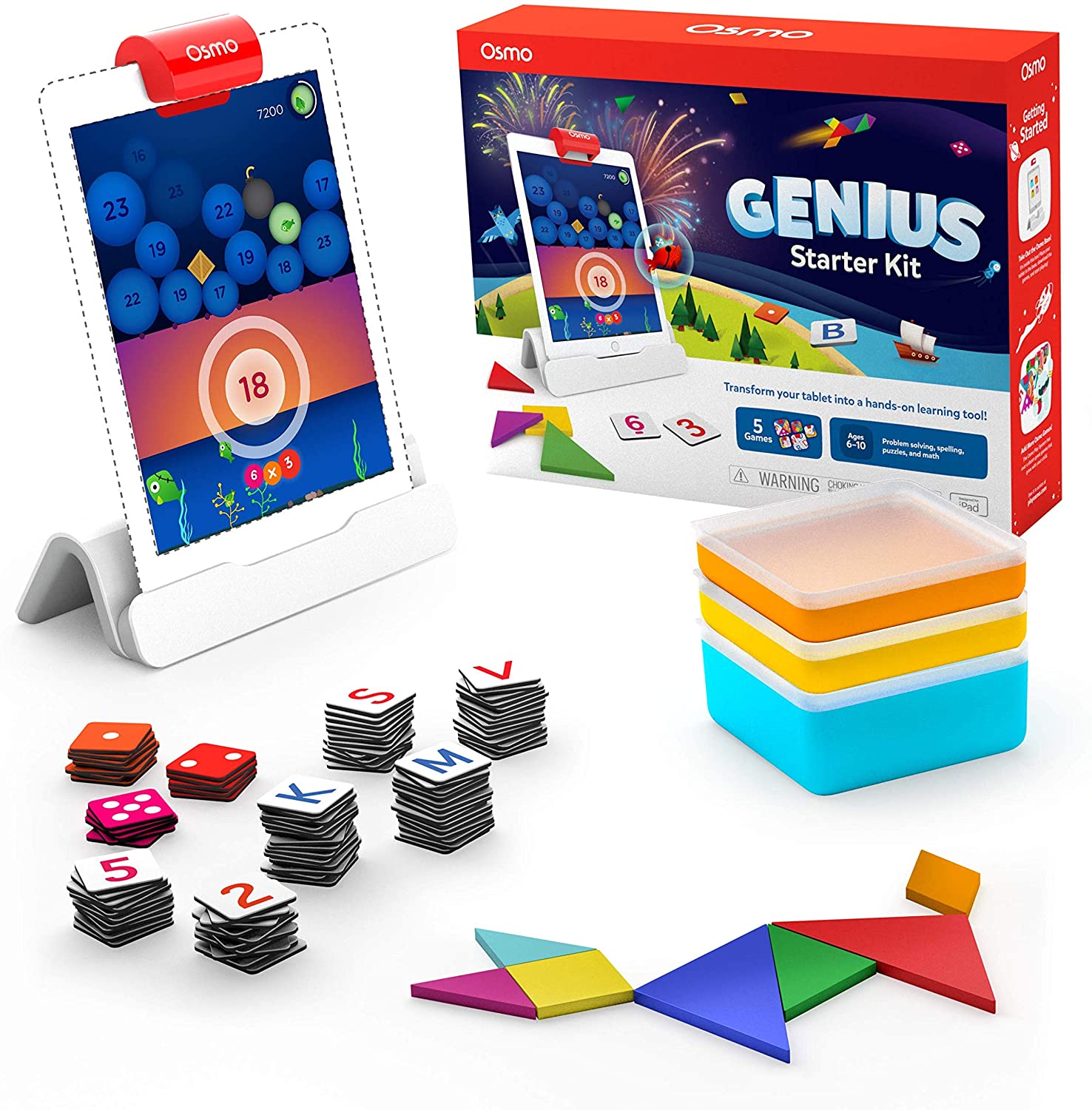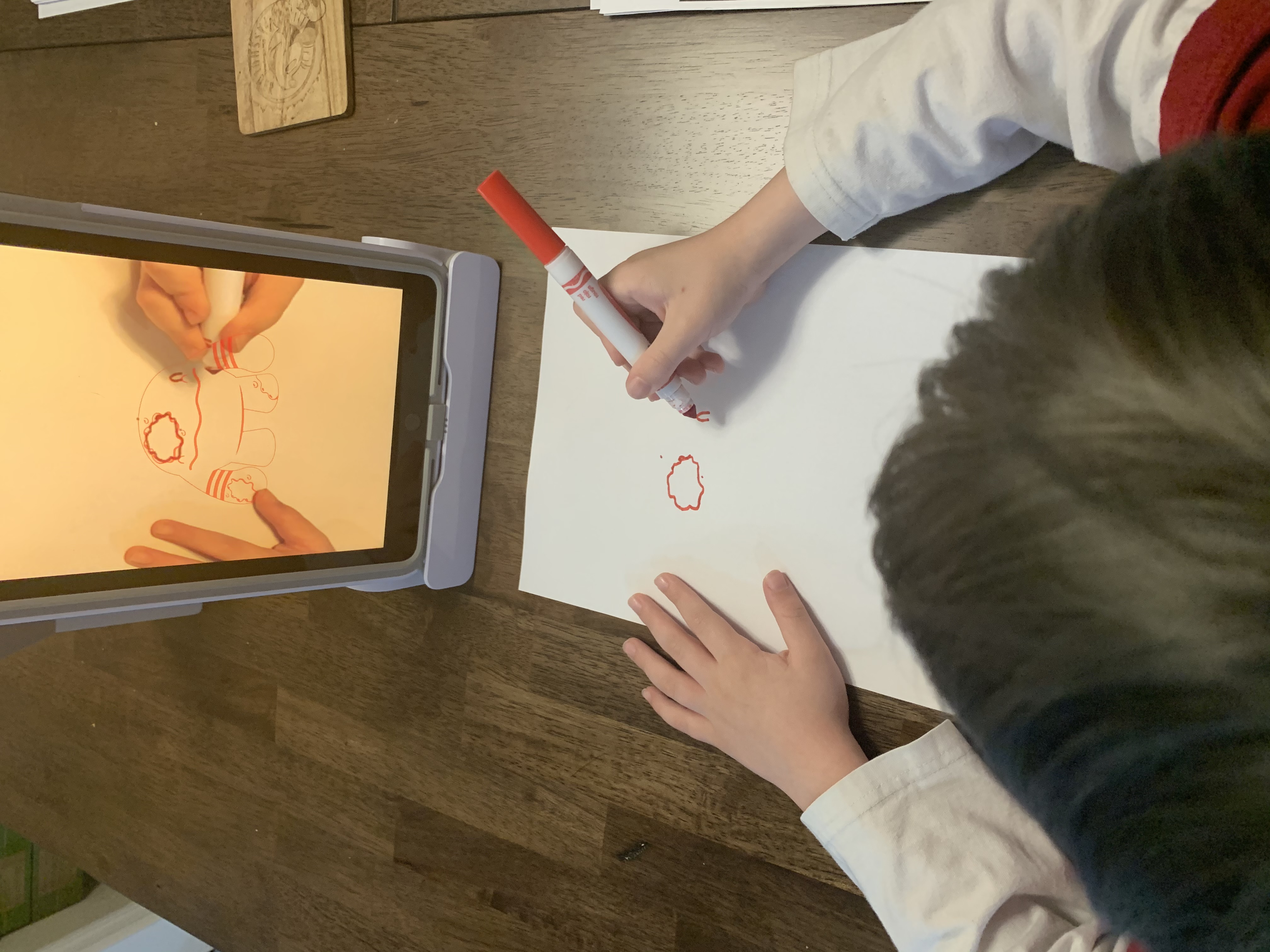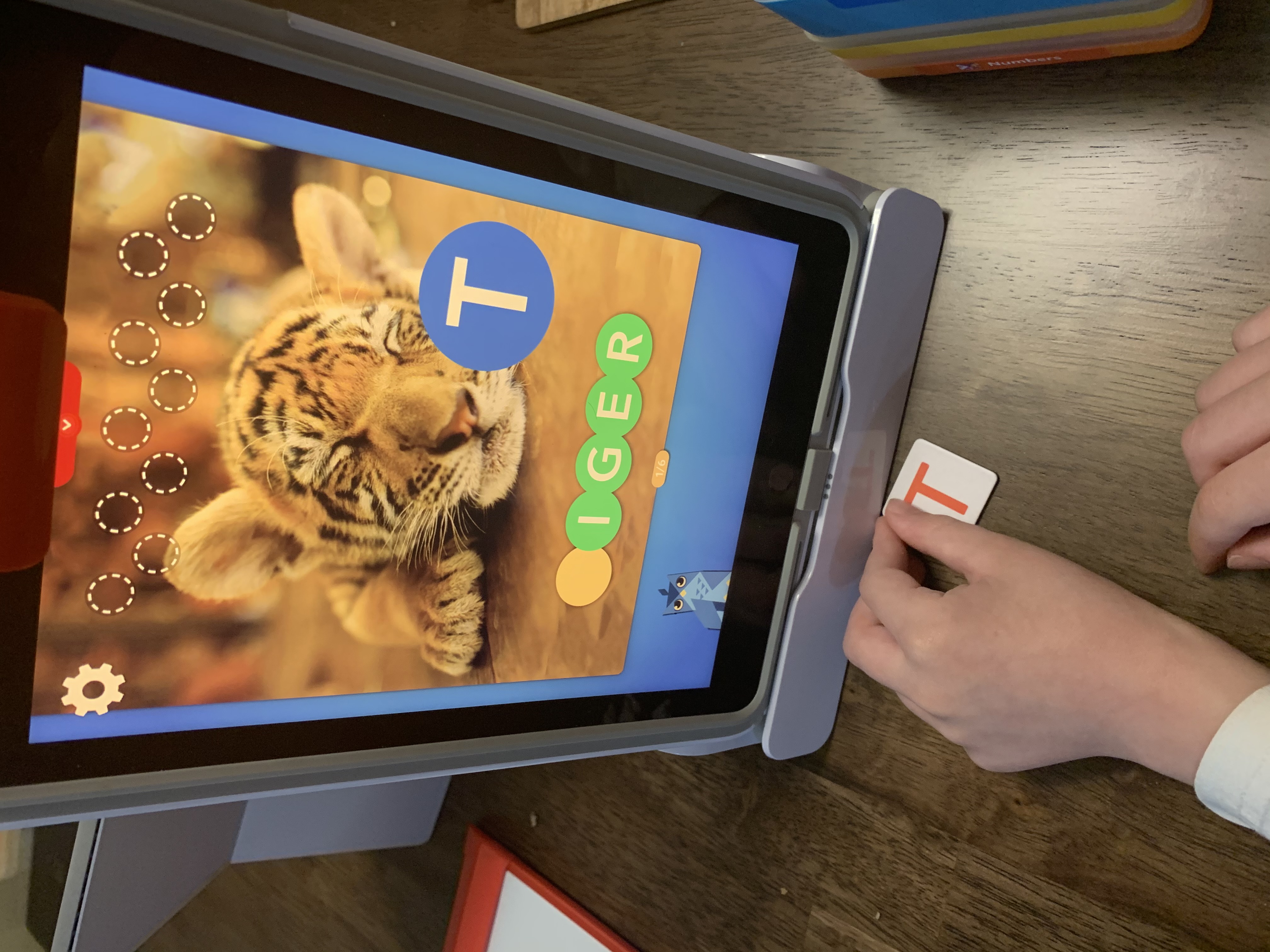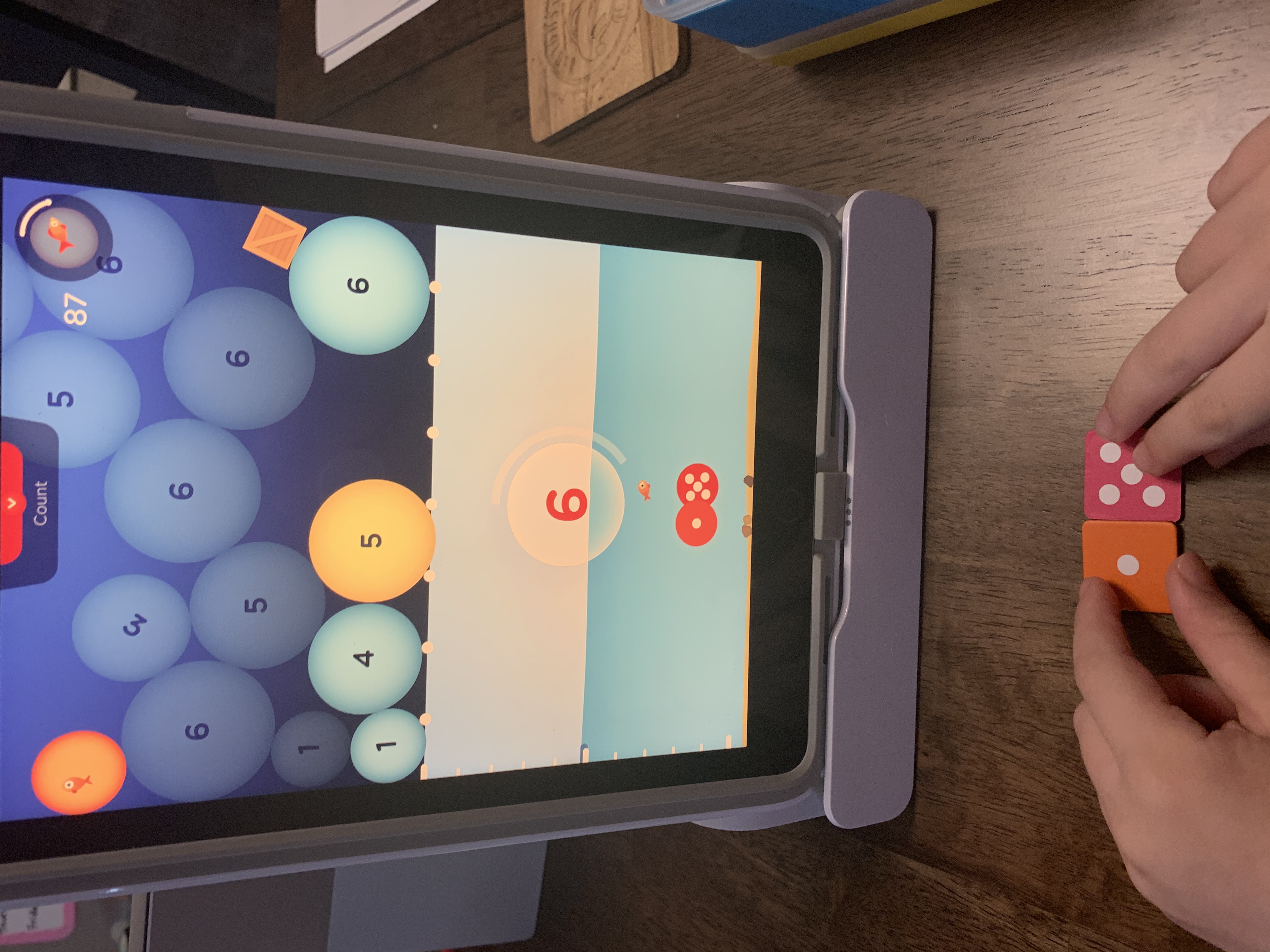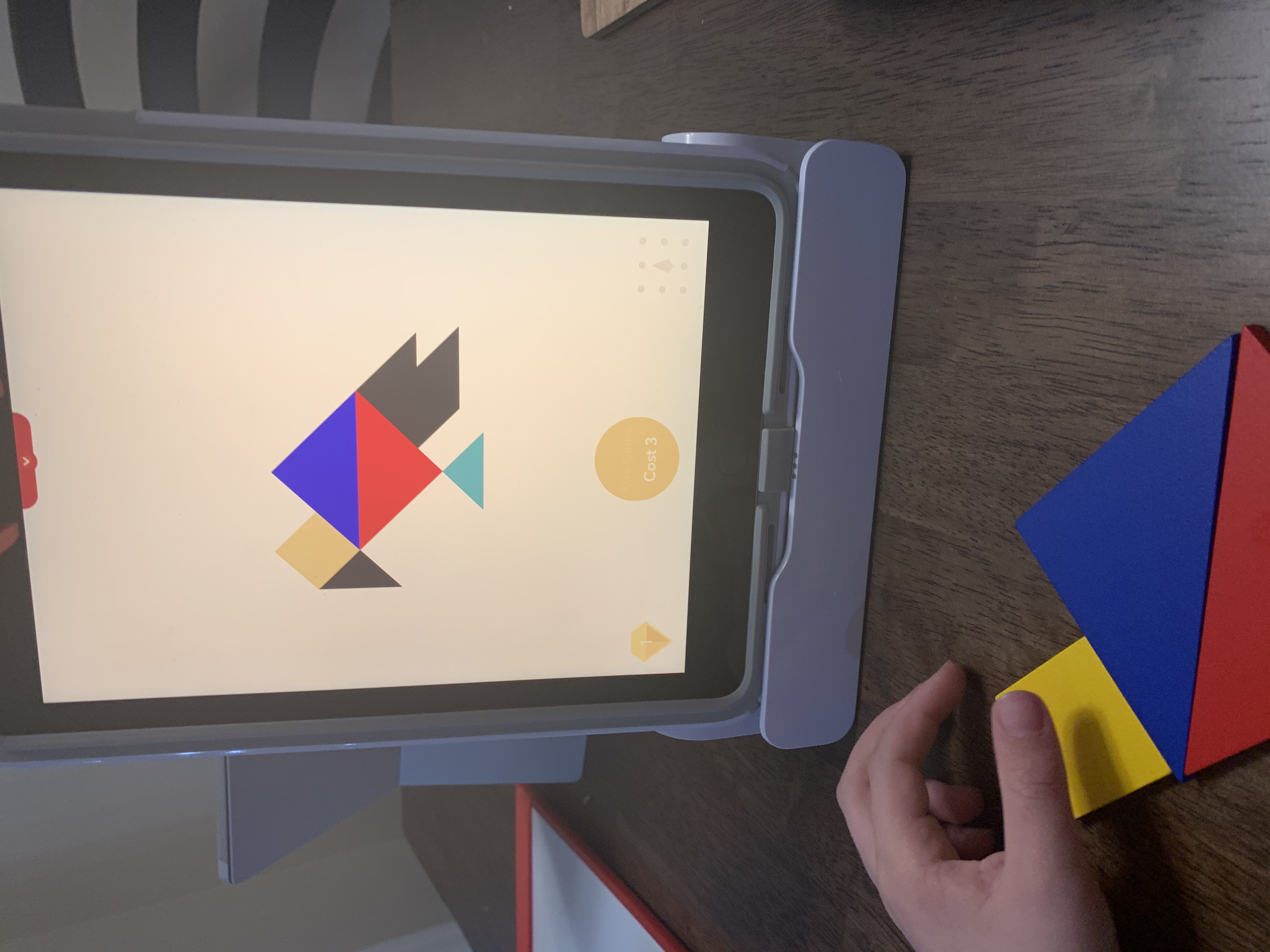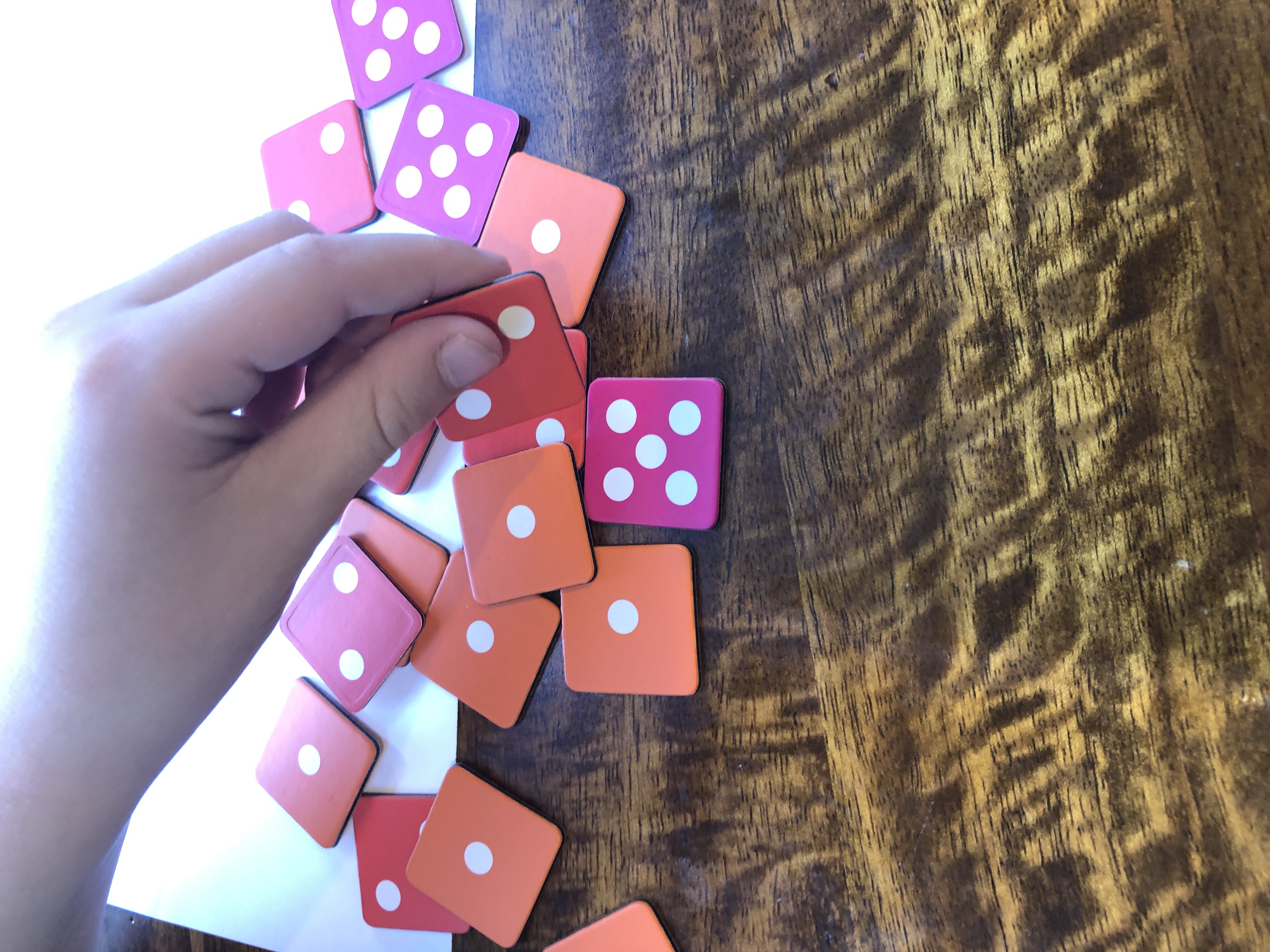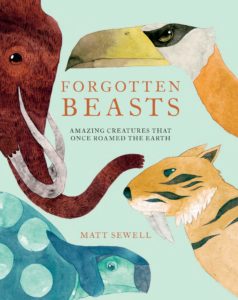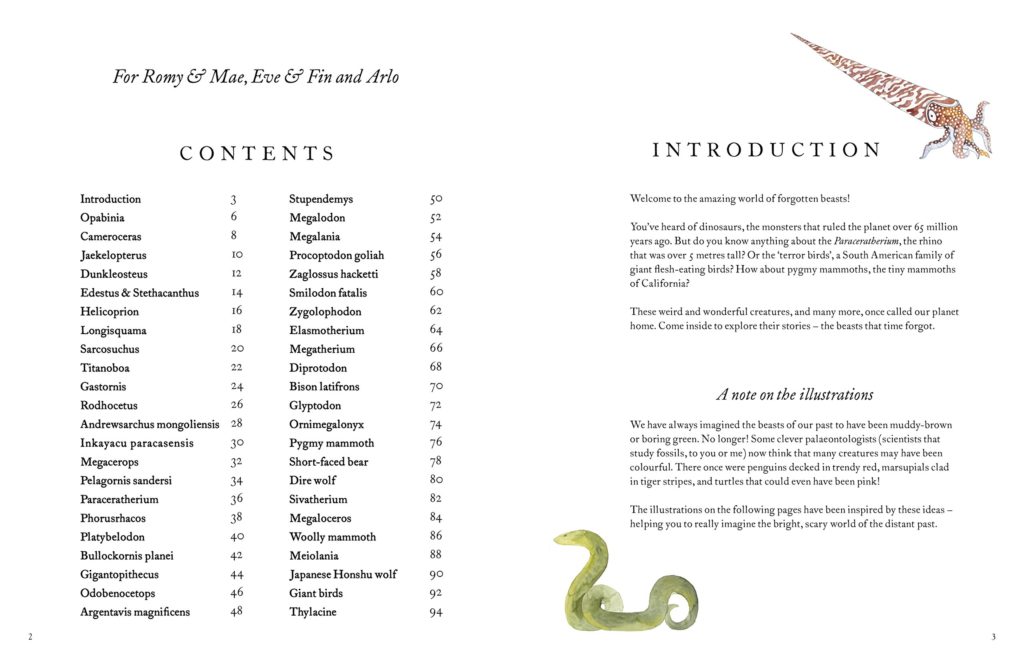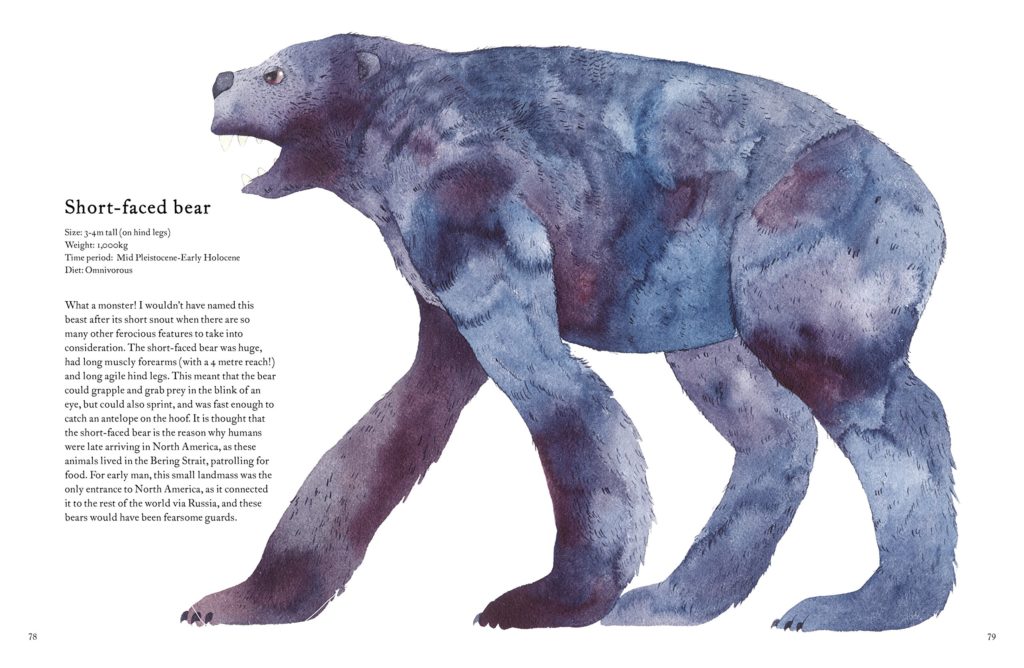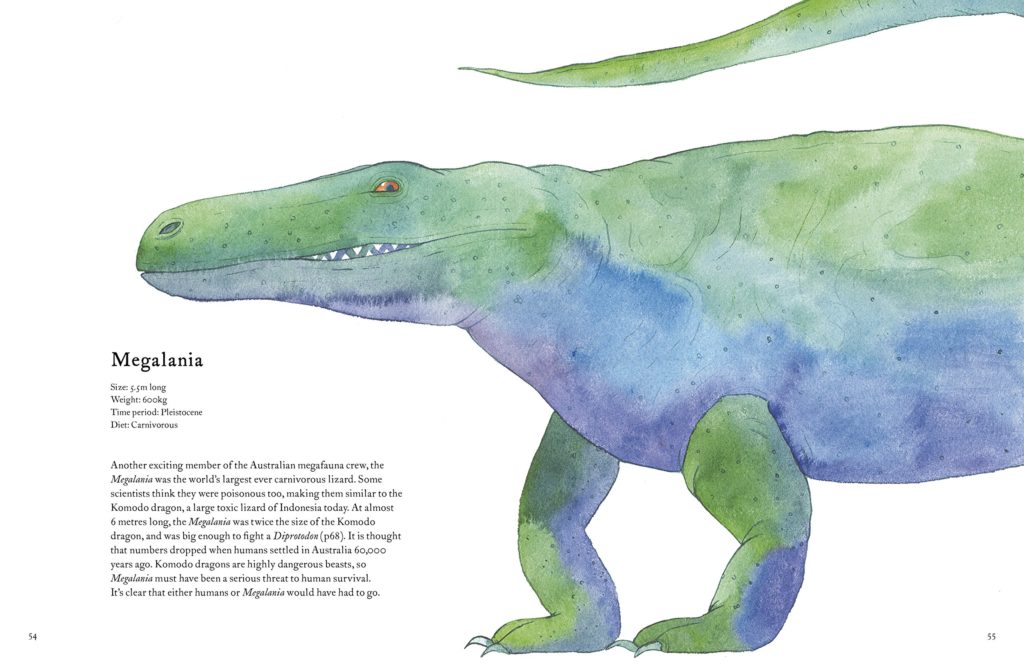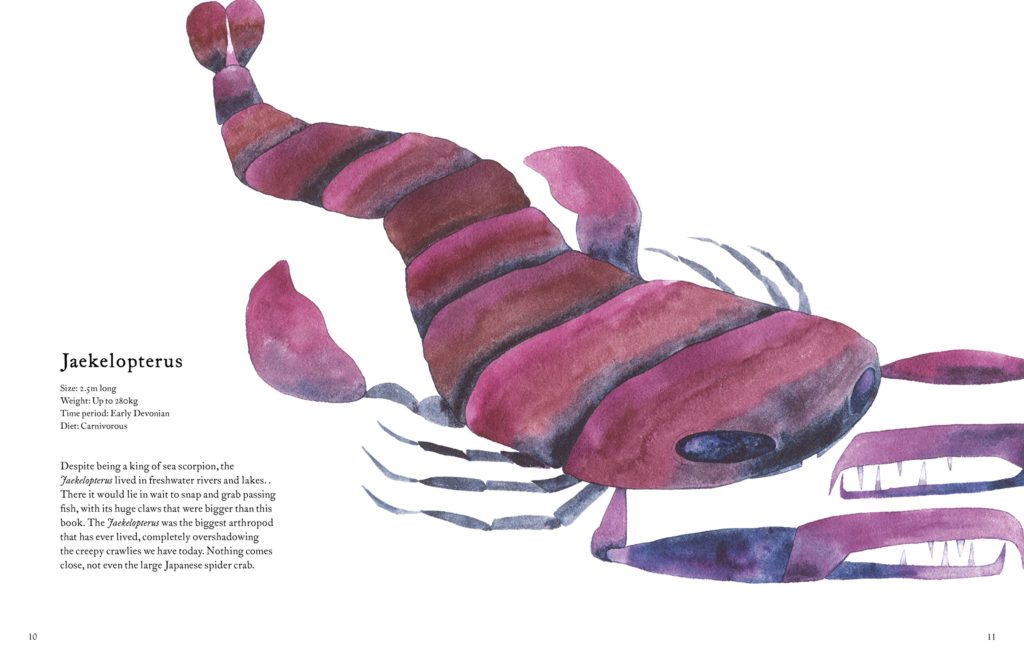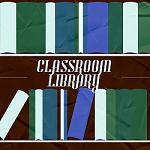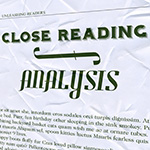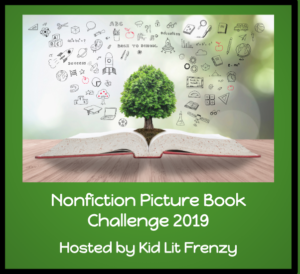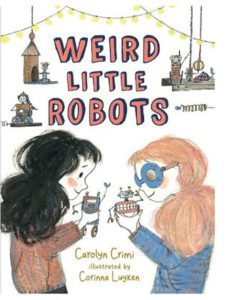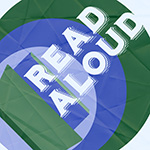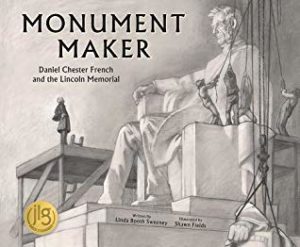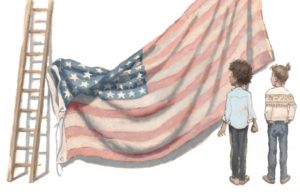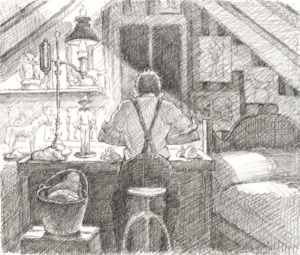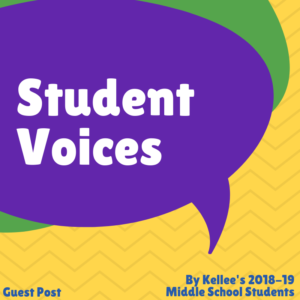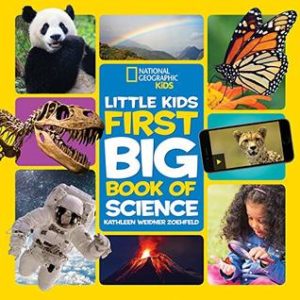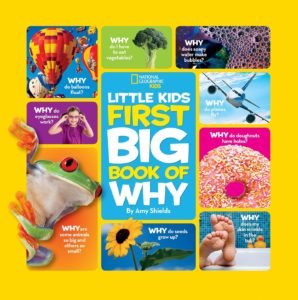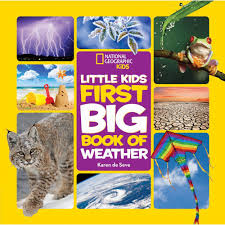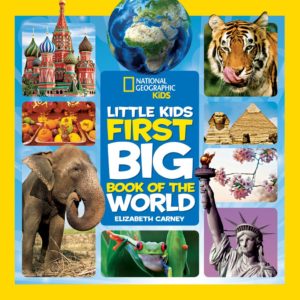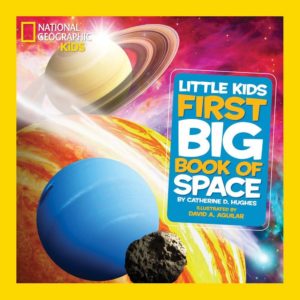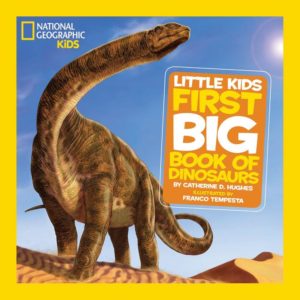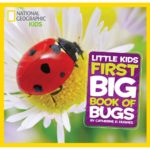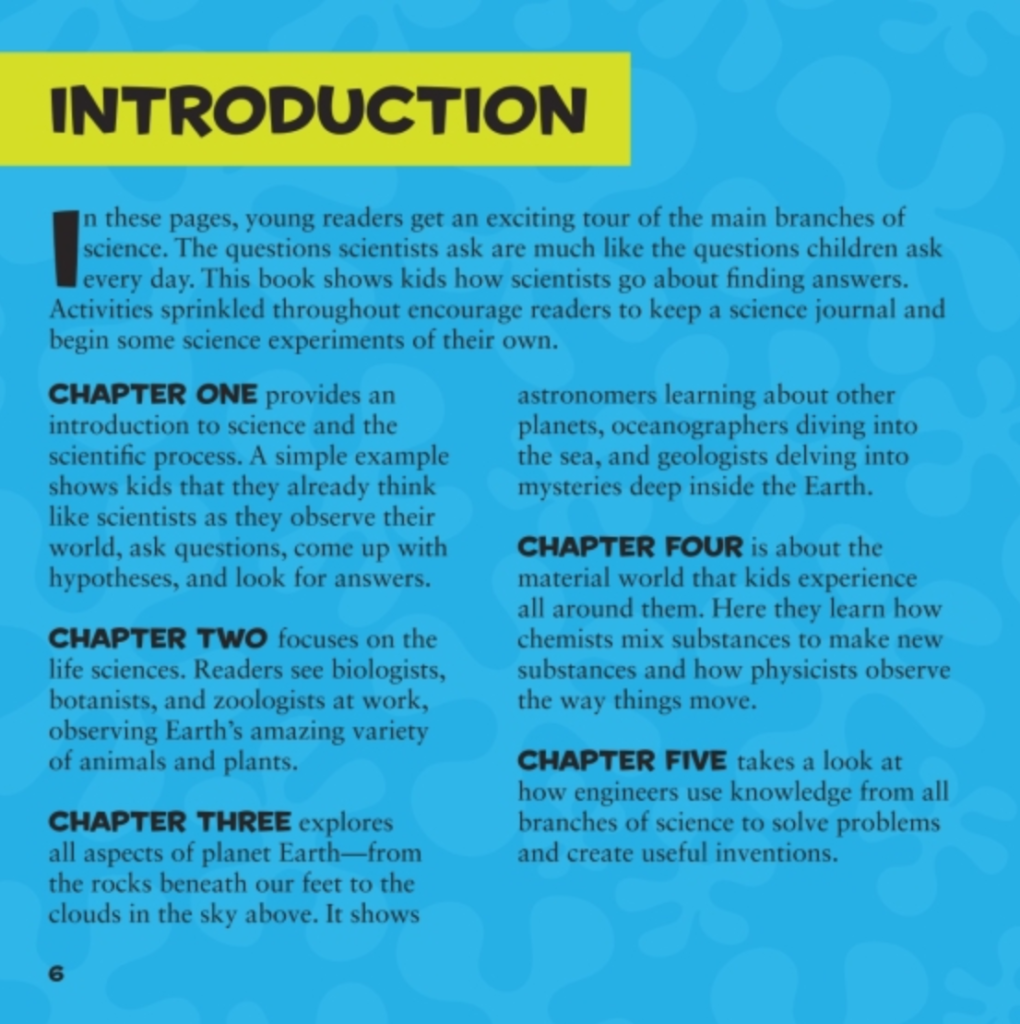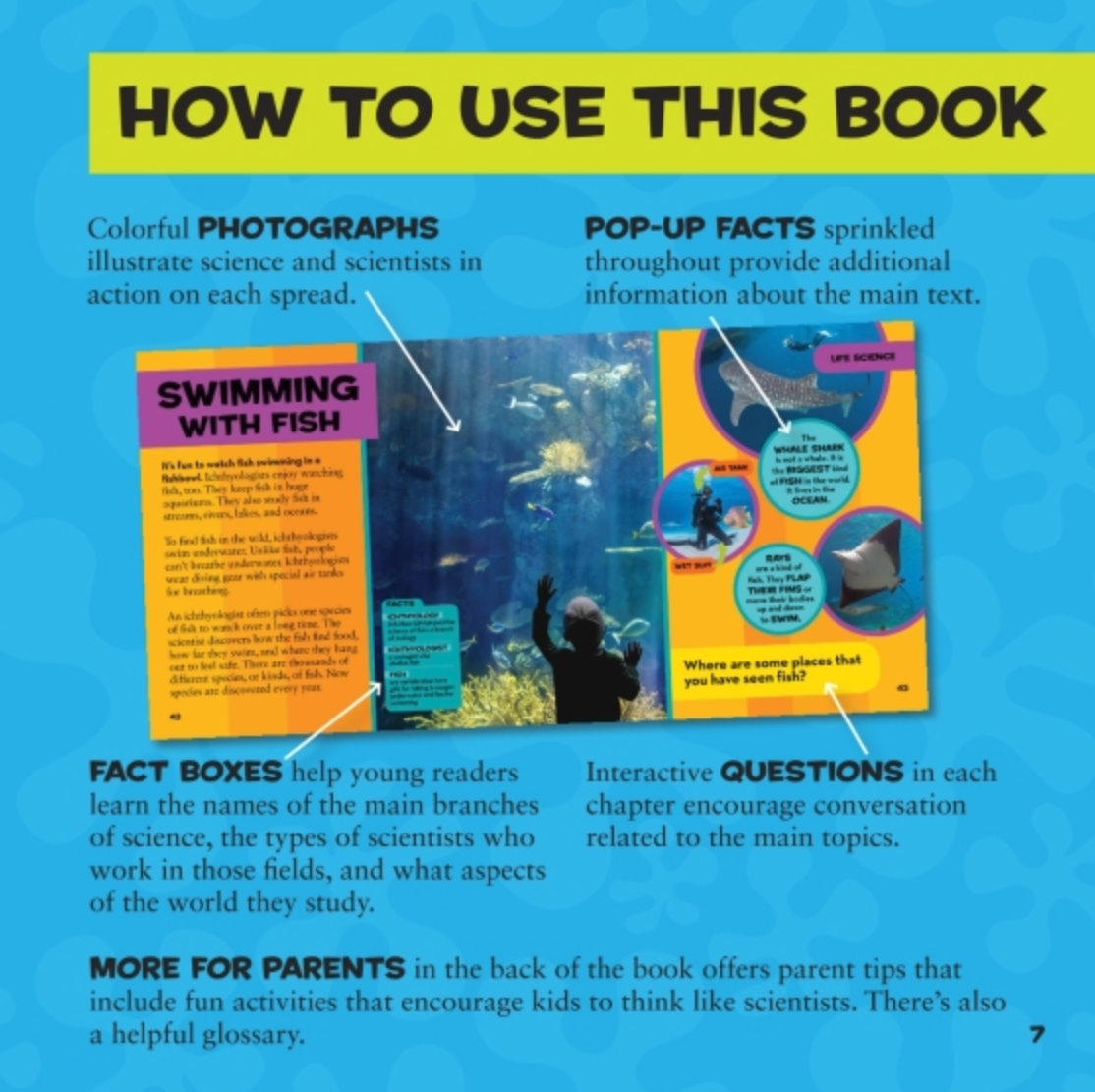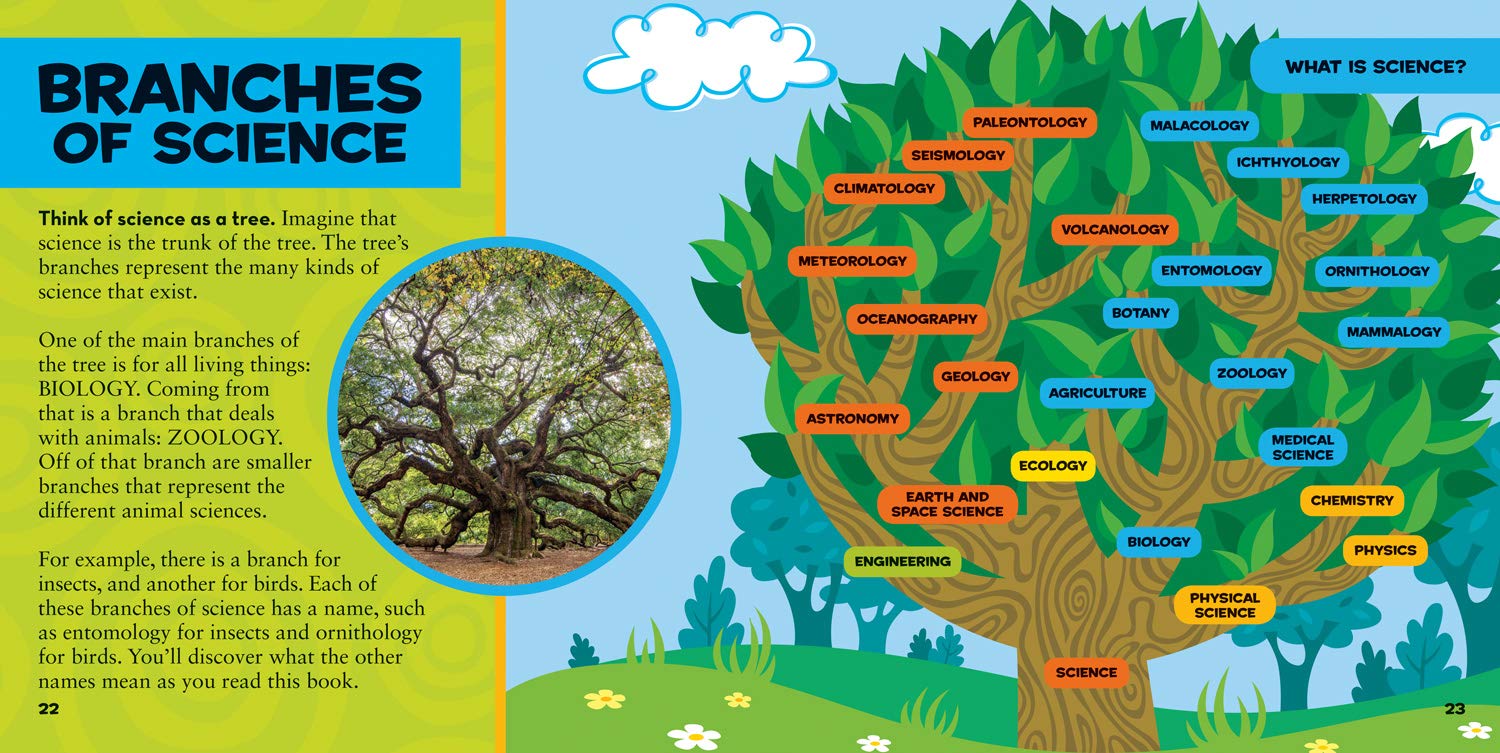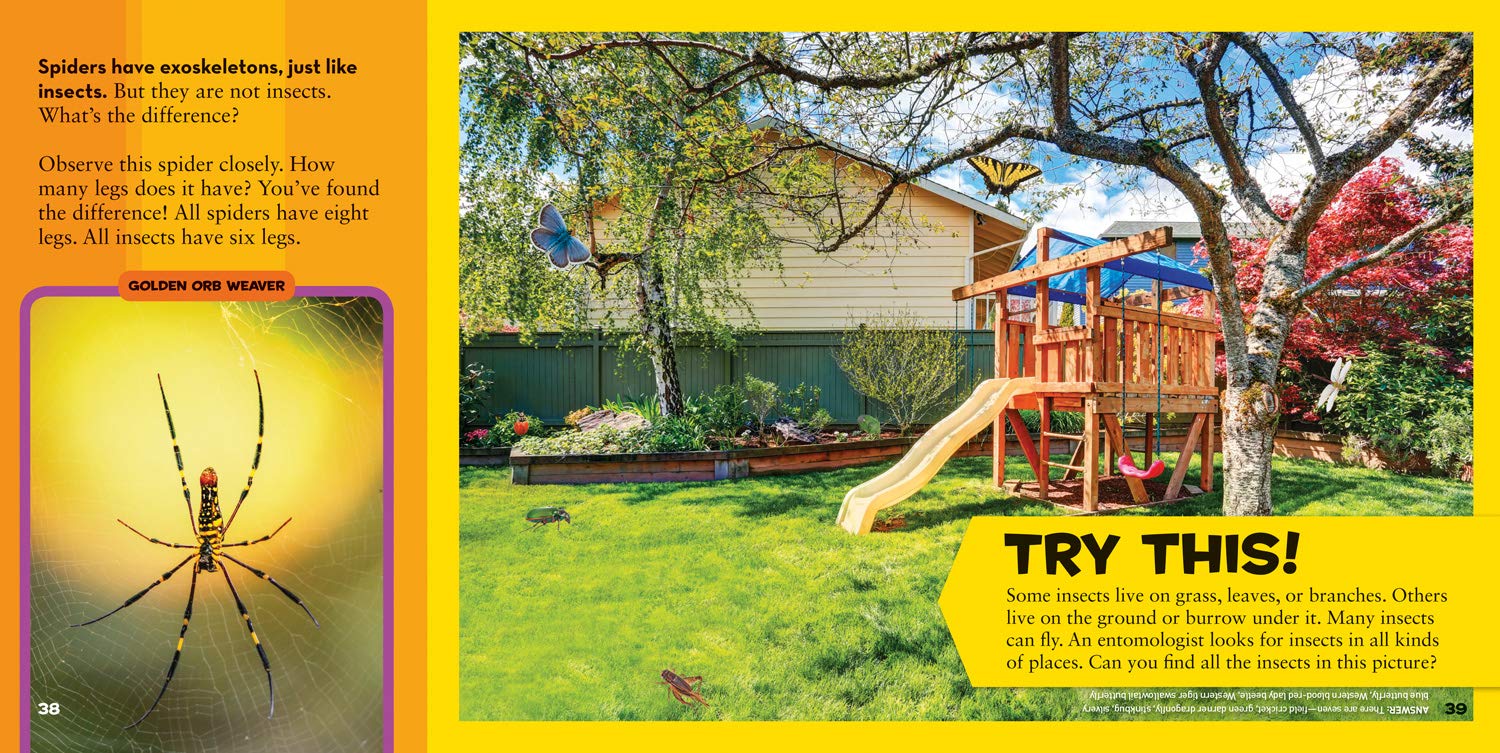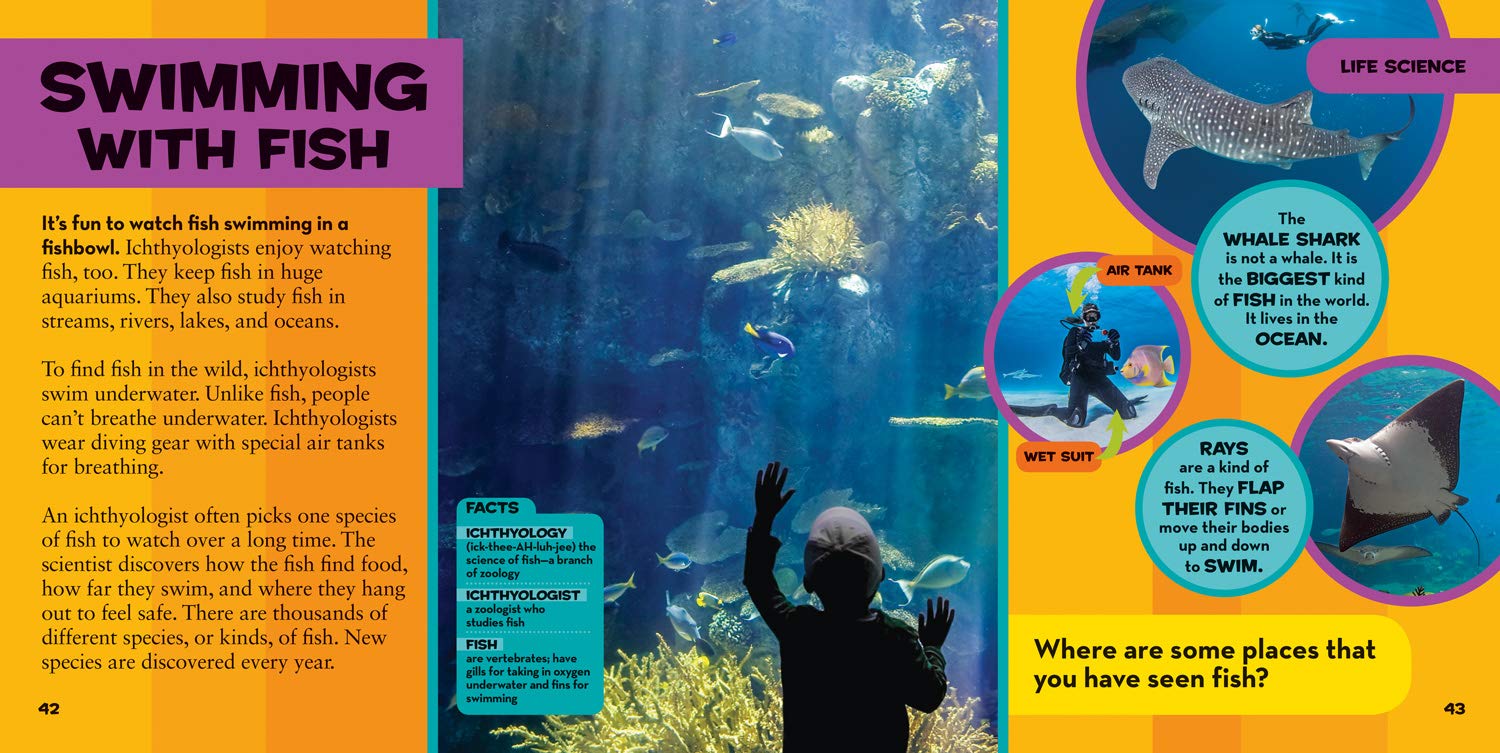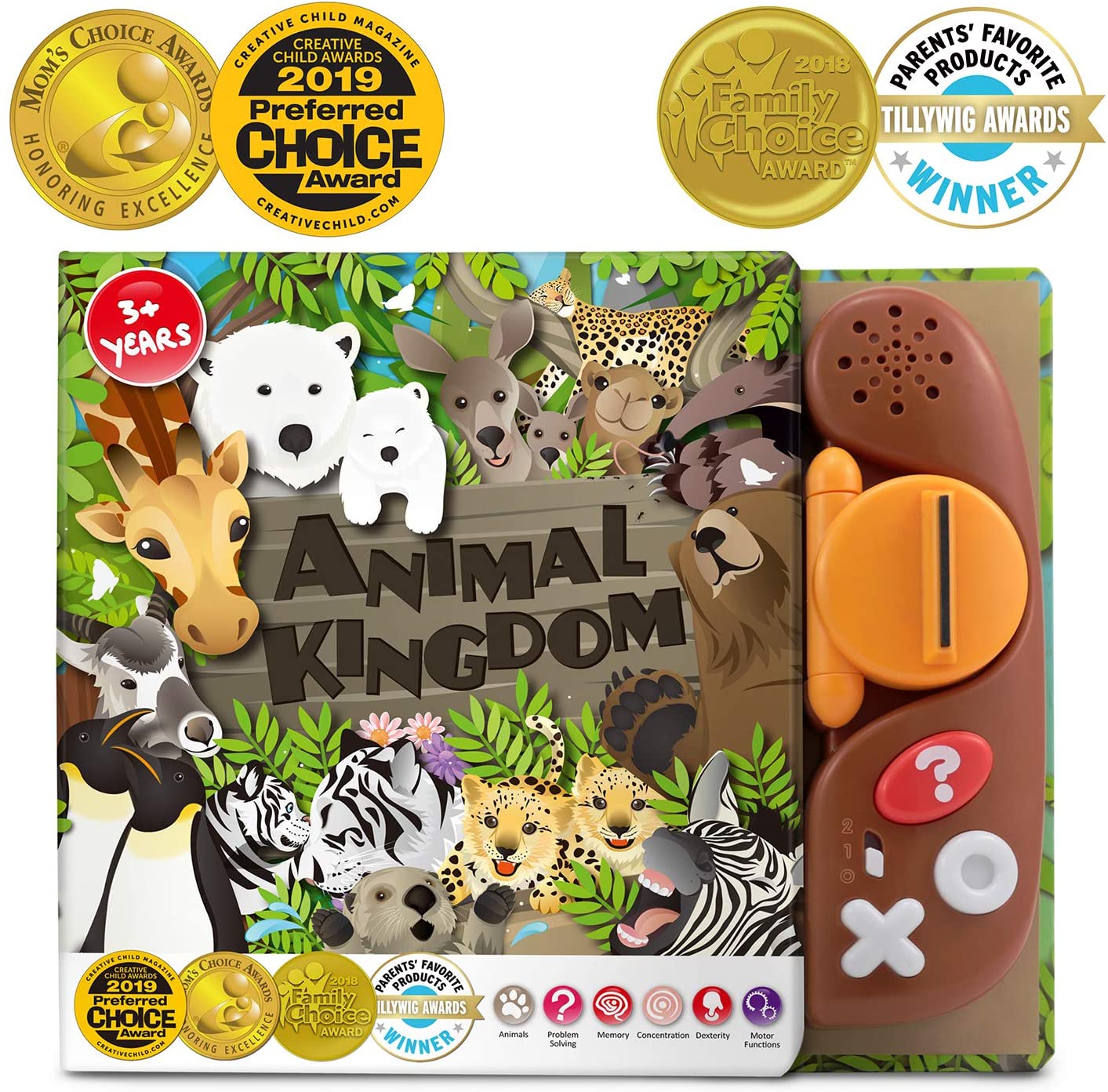
Book Reader Animal Kingdom is an interactive book reader for children to learn about 12 animals through 27 book pages about their appearance, behaviors, habitats and much more! Filled with playful melodies, friendly voices, and interesting sounds of animals and nature! Also comes with Quiz mode for those up for a challenge to keep them enthusiastic and learning at the same time!
- Family Choice & Tillywig Parents’ Favorite Products Award Winner 2018! An interactive book reader for children to teach 12 animals about their appearance, behaviors, habitats and much more!
- Simply press the paw down against the page as it reads aloud the contents.
- Comes with a true and false quiz mode for those up for a challenge to keep them enthusiastic and learning at the same time.
- Skills learned include animals, memory, dexterity, motor functions, concentration and problem solving.
- Requires 3 AAA batteries (included); intended for preschoolers and early learners of ages 3 years and up.
Ricki’s Review: About twenty minutes after my 3-year-old started playing with this book, I messaged Kellee because I had to share about it. I wrote, “The Animal Kingdom book is SO COOL. He’s been playing with it for twenty minutes and hasn’t let his older brother have a turn. It would be so good for classrooms, too. It teaches reading comprehension really well!” Within about five minutes, Kellee had ordered one for her son, too. Although I was supposed to be reviewing this book alone, Kellee is joining me because she loved it just as much.
(This is how my 3yo started the book—he immediately placed it on the ground to start reading.)
This is a book (and product) worth sharing about. As you can see in the video above, the pages offer fascinating facts about animals, and the reader is clear and easy to understand. My kids listen intently to the reading, and they are always excited to take the true/false quiz to test their listening skills. Soon, my six-year-old will be able to easily follow along as she reads aloud. My three-year-old typically guesses the answers to the quiz (the concept of true/false is still a bit confusing for him), and my six-year-old is able to practice his listening and reading comprehension skills independently. The both love this product equally, despite their different reading abilities. Even my one-year-old gets a kick out of pushing down the reader to get her talking!
(20 minutes later…)
(I kid you not, 20 minutes after that…)
My three-year-old spent almost an hour with this book and even moved to a comfier spot. It is a favorite in our toy room (they consider it to be a toy!). We’ll be gifting this book to friends. (And I plan to write an email begging Best Learning to produce more of these books.)
Kellee’s Review: Like Ricki said, she shared with me how informative and engaging this book was, so I immediately jumped on and bought one for Trent. Trent adores animals but is more interested in watching documentaries and shows about them than reading about them (he is a fiction loving reader), but this book defies his normal interests, and he loves learning everything he can about each of the animals in the book. He’ll re-listen to pages, redo the quiz, and look back at the images over and over. This book is a hit in our household (it is in the living room because he keeps grabbing it to bring out here as a choice activity), and I, like Ricki, look forward to sharing as a gift and hoping for Best Learning to make more readers like this.
Teachers’ Tools for Navigation: ELA teachers focus on reading, writing, speaking, and listening (among the obvious other things like thinking). This is a beautiful example of a book that teaches listening. It would be a great learning tool to place at an independent or group station for reading comprehension. Alternatively, it could also be used for fast finishers. Even adults will find joy in this book.
Additionally, it would be a great mentor text for early education animal research projects. Students can emulate the format of a spread about an aimal of their choice.
**Thank you to Best Learning for providing a copy of Animal Kingdom for review!**
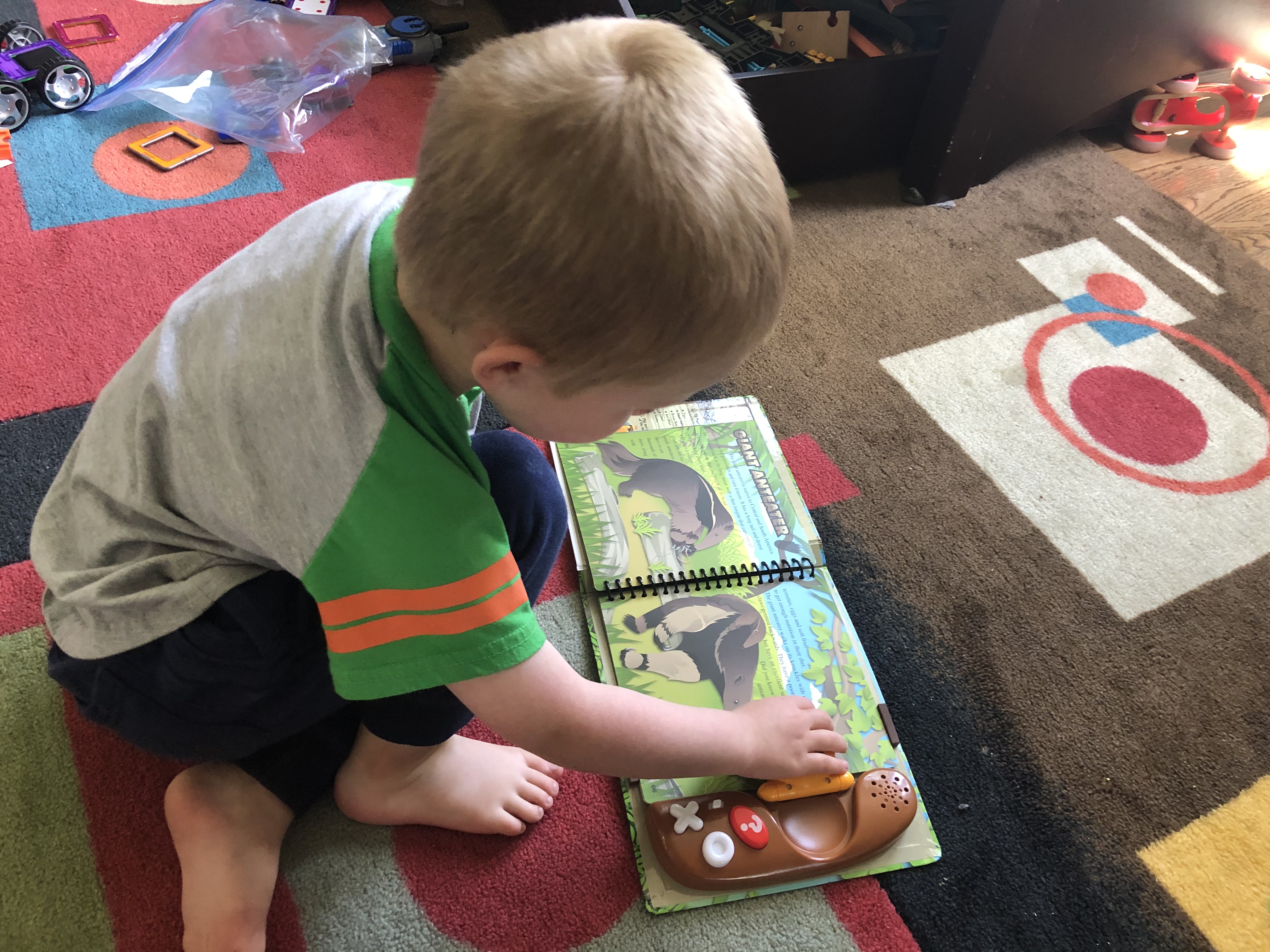
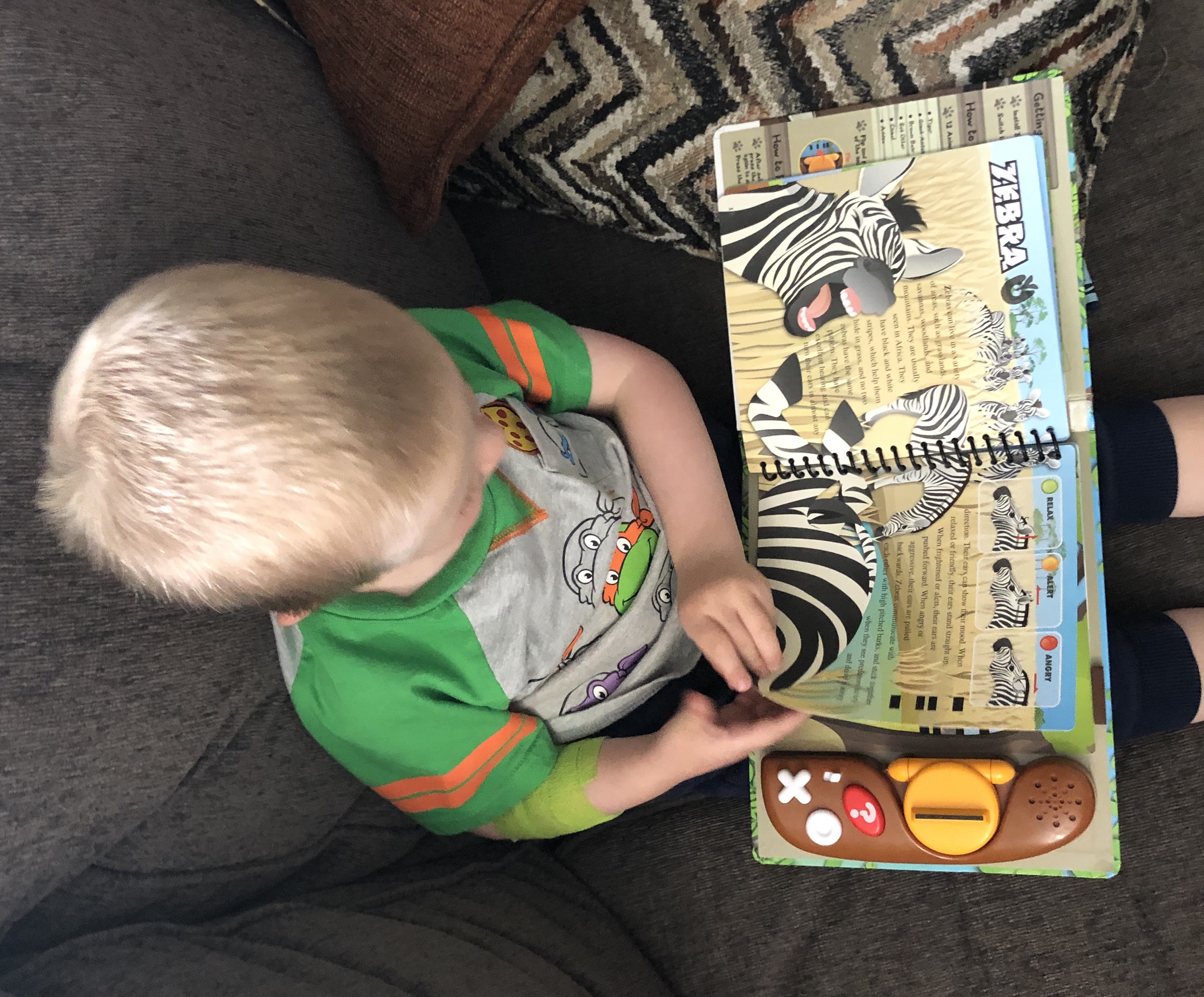
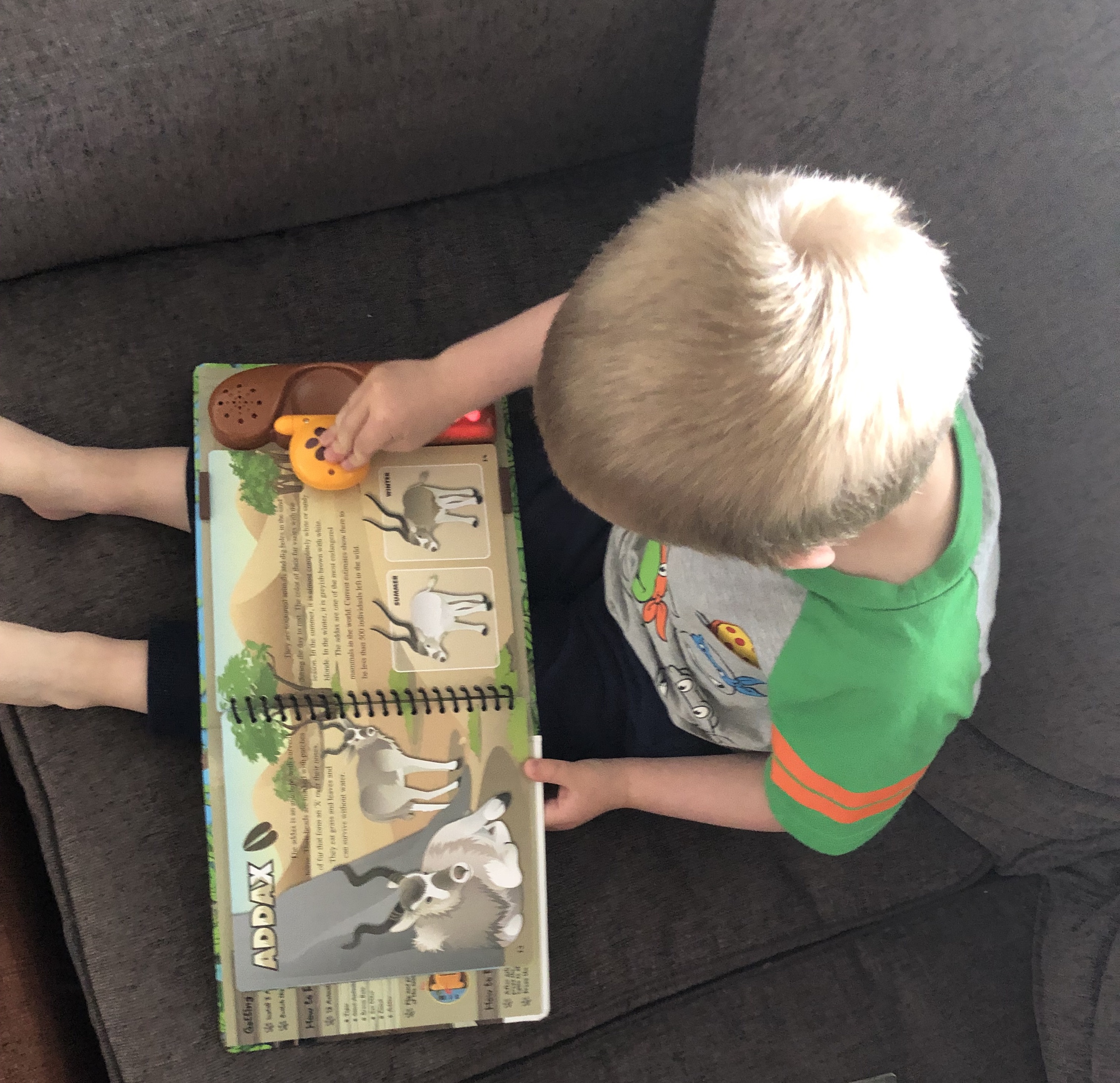
 and
and
